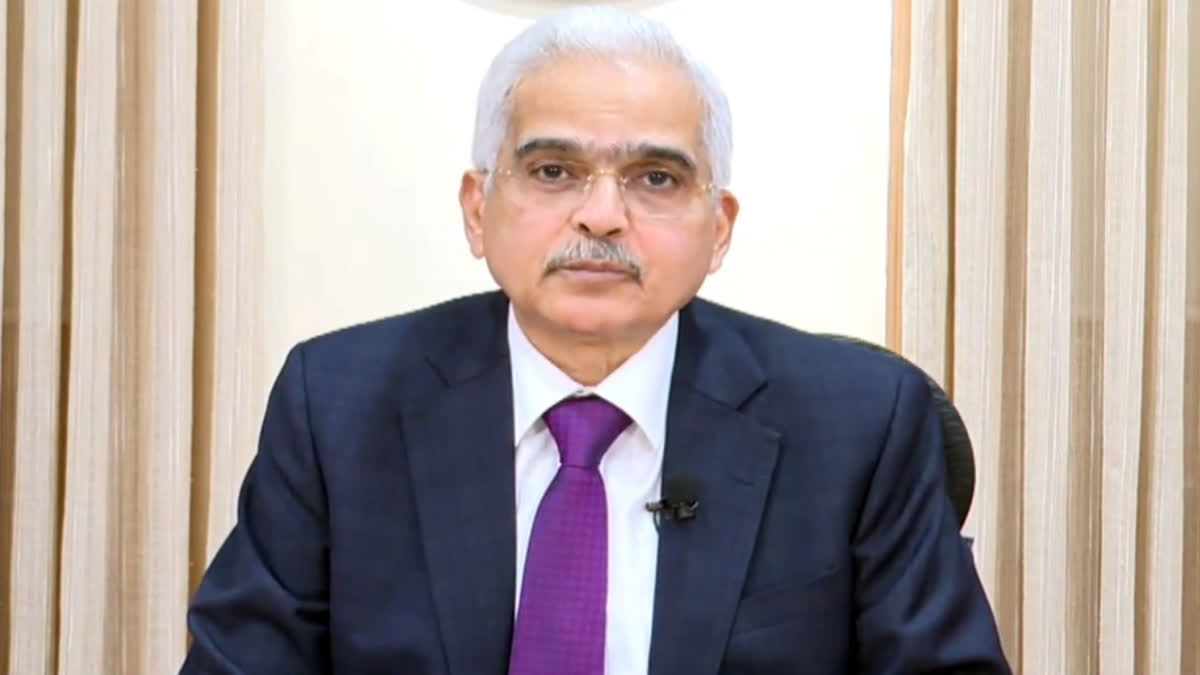The Reserve Bank of India Governor, Shaktikanta Das, in a statement to coincide with the bi-monthly monetary policy statement, described the battle against inflation thus: “Two years ago, around this time, when CPI inflation had peaked at 7.8 per cent in April 2022, the elephant in the room was inflation. The elephant has now gone out for a walk and appears to be returning to the forest. We would like the elephant to return to the forest and remain there on a durable basis. In other words, it is essential, in the best interest of the economy, that CPI inflation continues to moderate and aligns to the target on a durable basis. Till this is achieved, our task remains unfinished."
Is the elephant returning to the forest indeed? The bi-monthly inflationary expectations survey of households may question the assumption that inflation is on a downward trend! The survey conducted during March 2-11, 2024, just before the general elections, gathered insights from 6083 respondents across 19 cities.
According to the survey, households perceived the current inflation rate to be 8.1 per cent , consistent with the perceived rate during the previous survey in January 2024. Expectations for inflation over the next three months and one year were 9.0 per cent and 9.8 per cent respectively, slightly lower than the previous survey by 20 basis points each, but still indicating high inflationary expectations.
How reliable are such measures? The sample size of the survey reflects the approximate total number of households in India, which stood at around 319 million by 2024, making it a reliable representation. Moreover, the use of the median measure in the survey methodology enhances its reliability by mitigating the influence of extreme values.
More importantly, why do inflationary expectations hold significance? Imagine that you expect the prices of onions to rise next week due to heavy rains destroying the onion crop in Nashik. You will go out and buy onions today, hiking up the prices. Thus, Household inflationary expectations matter!
They drive actual inflation up in subsequent rounds by driving up consumption. Contrast the household inflationary expectations with the latest actual inflation data, measured by the combined Consumer Price Index, for February 2024, which stood at 5.09 per cent. Policy makers would need to monitor and manage inflationary expectations, so as to mitigate their potential impact on the actual inflation in the time period ahead.
